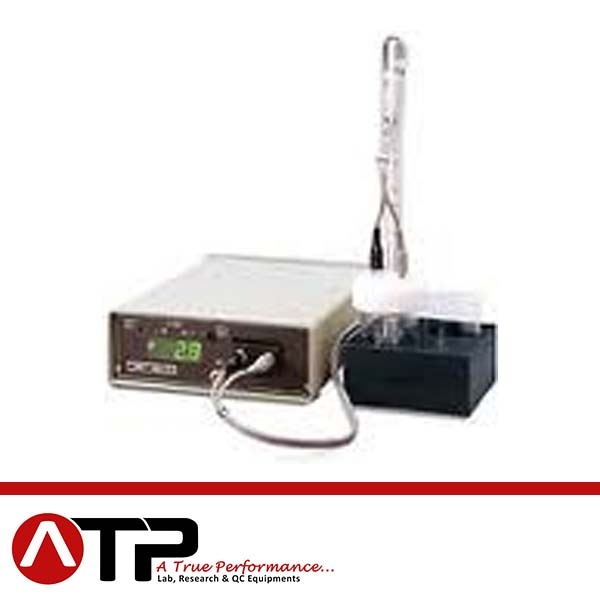Elevated salt concentrations in crude oil may result in higher corrosion rates of refining units. The measurement of salt content is made to determine if desalting of crude oil is required or to test the efficiency of the desalinisation process. Typically, the concentration is reported as pounds of NaCl per thousand barrels (PTB) of crude oil.
The compact Herzog SC 960 Salt in Crude tester automatically measures the salt content of crude oil in a solvent solution as specified in ASTM D 3230. The instrument applies a low level excitation voltage and measures the conductivity. The microprocessor compares this value to the current calibration (that has been memorised), and displays the salt content. This technique eliminates the need to work with a high voltage cell and reduces the safety risks of the operator.
Features & Benefits
- Working lower detection limit of 0.2 ptb
- Safe, low voltage design with cell isolated from electronics to reduce hazards from solvent spillage
- User settings for high low alarms
- RS-232 and analog output
- Compact design conserves valuable bench space
Advantages
- Accurate determination of salt content in crude oil
- Display of salt content in user units
- Simple and easy to use
- Multi-calibration capacity with NEW HLIS32-SC software
Operation
A 15ml crude oil sample is equilibrated with xylene and then diluted with mixed alcohol solution. The solution is then transferred into the measurement beaker and the stainless steel electrode assembly is inserted. The SC 960 automatically measures the resulting conductivity and displays the salt content corresponding after having rated this content with the inboard calibration table that has been previously developed.
Calibration
Initial and periodic calibrations for Herzog SC 960 are performed by Windows software HLIS32-SC with SC 960 connected to a computer through RS232C interface. The supplied software allows collection of new calibration data, edition of existing data and generation of the calibration tables which will be used in the instrument. Up to two calibration tables can be transferred to the analyser at a time, and the SC 960 will operate in stand alone.
Specifications
|
Part Number: |
09601-000-00 |
|
Ambient Conditions |
Recommended 15°C to 30°C; 80% relative humidity at 25°C |
|
Calibration & Diagnostics |
Calibration can be performed when connected to a computer, using dedicated software HLIS-SC |
|
Detection Range |
From 0.2 ptb to %. Automatic ranging |
|
Dimensions (W × D × H) |
Without cell assembly: 19cm × 27cm × 7cm; With cell assembly: 11cm × 11cm × 33cm |
|
Display Unit |
Upon user calibration, in PTB, mg/l or any other unit |
|
Electrical |
100-240V, 50-60 Hz auto-switching; 80W, CE compliant |
|
Ordering Information |
SC 960 Salt in Crude Tester, Includes accessories for test (beaker, electrode, cables, calibration software, for ASTM D3230 or equivalent method) |
|
Product Programs |
3 calibration tables are stored in the unit : one default table and two users tables |
|
Standard Test Method |
ASTM D 3230 |
|
Storage Temperature |
0°C to +40°C |
|
Temperature |
Displayed value is manually adjusted on the unit |
|
Test Alarms |
User settable alarms for high and low levels |
|
Test Condition Check |
Warning light alarms if test result is outside the calibration range |
|
Weight |
Without cell assembly - 4kg; With cell assembly - 1kg |




